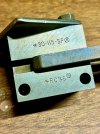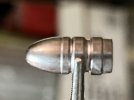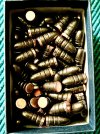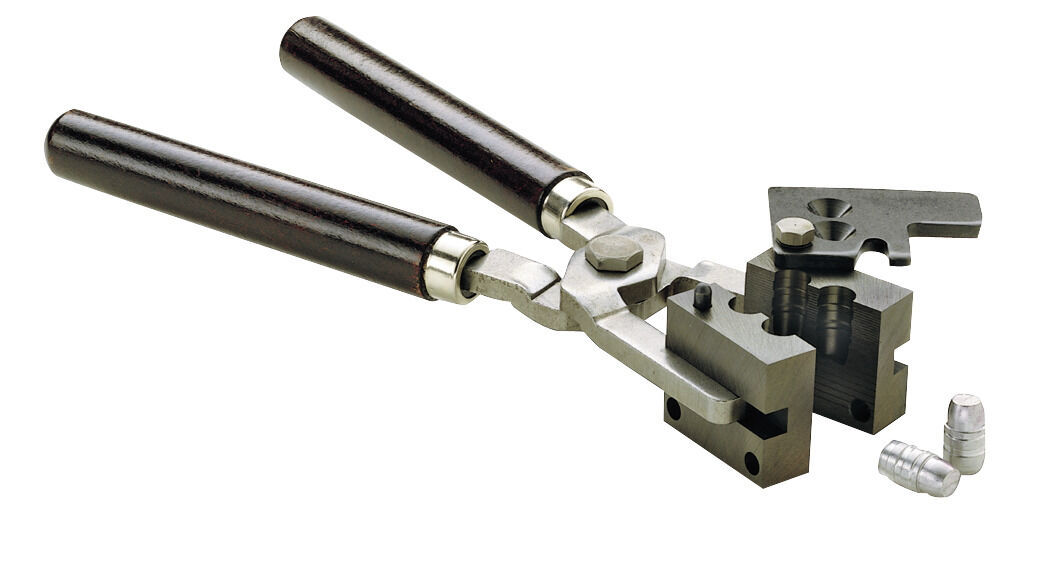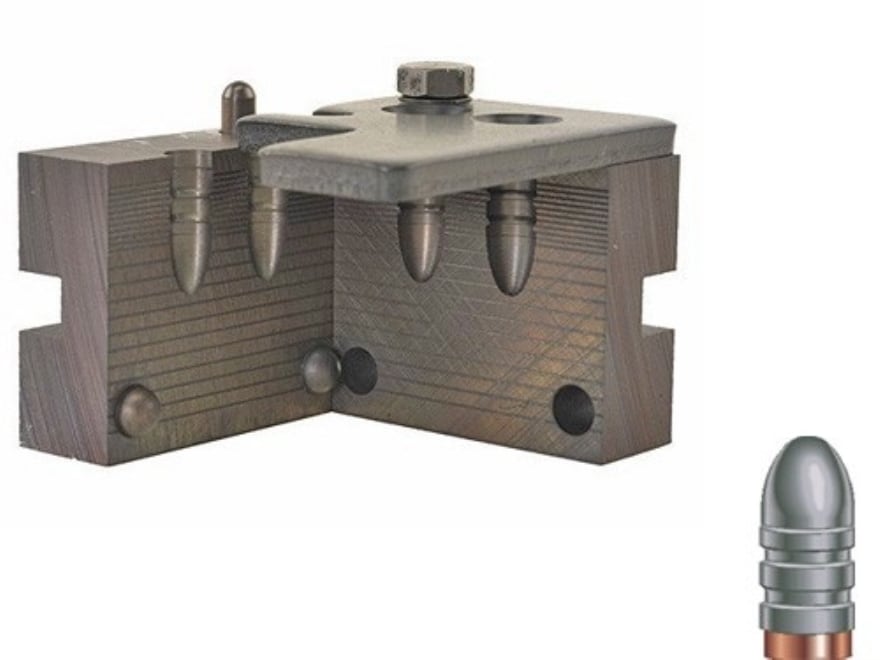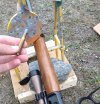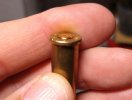Spindrift
Well-Known Member
A while a go, I got a 4- cavity plain base mould with the intention of finding some good, fun plinking loads for my .30- cal rifles. Arsenal molds (they are making moulds, not fungi- despite the name) allow you to make adjustments to desired diameters. I asked for a .310- mould, knowing that production tolerances would probably result in bullets around .311 in my alloy. Which turned out to be the case. Perfect for my needs, the bullets are fat enough to work unsized/tumble lubed, yet slim enough to allow powder coating without pre- sizing the bullets.
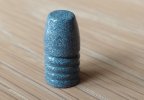
Today, I tried some loads in my Marlin 30/30 carabine, with a micro groove barrel. This rifle seems to like .311 bullets. I wanted to try some Vectan Ba10. This is a single- base, extruded, low density powder with listed burn speed like Bullseye; excellent metering characteristics.
Seated the bullet to the crimp groove, with a little «factory crimp». This COL allowed chambering with no resistance, and a minimal bullet jump.
I tried 5 and 5,5 grs, both grouped well. Haven’t chronied these, but there was a supersonic crack. Shot at about 50m, 5,5grs made a 22mm group with a very relevant point of impact. This load is probably zeroed at 60-70m with my current sight settings, perfect!
This should be fun!
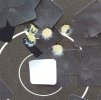

Today, I tried some loads in my Marlin 30/30 carabine, with a micro groove barrel. This rifle seems to like .311 bullets. I wanted to try some Vectan Ba10. This is a single- base, extruded, low density powder with listed burn speed like Bullseye; excellent metering characteristics.
Seated the bullet to the crimp groove, with a little «factory crimp». This COL allowed chambering with no resistance, and a minimal bullet jump.
I tried 5 and 5,5 grs, both grouped well. Haven’t chronied these, but there was a supersonic crack. Shot at about 50m, 5,5grs made a 22mm group with a very relevant point of impact. This load is probably zeroed at 60-70m with my current sight settings, perfect!
This should be fun!

Last edited:

